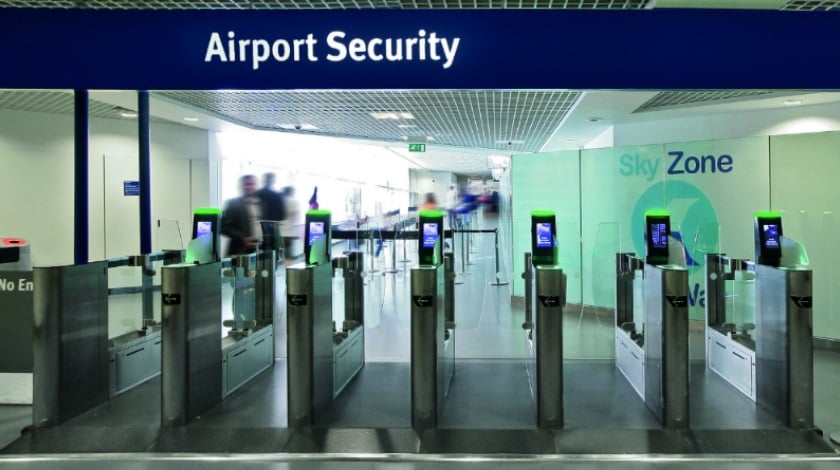Photo: airport-technology.com
Reading Time: 2 minutesAt this year’s edition of The Airport Show, set to run 7 – 9 May 2018, airport security is expected to be one of the key topics discussed by industry players and analyst attending the annual event.
With the number of passengers travelling each year expected to rise, the latest figures from IATA projecting 7.8 billion passengers travelling in 2036, security has become an increasing concern for both airlines and airport operators.
Not only is an effective security posture important in ensuring the safety of passengers, but efficient systems and procedures will be needed to minimise disruption and ensure a better customer experience.
According to findings from Global Market Insights, the global airport security market is projected to grow 7% a year CAGR until 2024, at which point the market will be valued at $16bn.
“Technology plays a key role in enhancing our ability to grow, innovate and sustainably improve the experience of airport travellers,” said Major General Pilot Ahmed Bin Thani, Deputy Commander-in-Chief for Ports Affairs, Dubai Police.
“A raft of new technologies like biometrics, robotics, artificial intelligence, Internet of Things (IoT) are redefining the airport experience and security. Biometric verification of passports and contactless entryway checkpoints are two examples that have enhanced the security,” he added.
At the upcoming B2B event, the latest in biometrics, scanning, face recognition, border control, access control, and CCTV are expected to be showcased by participating exhibitors.
Daniyal Qureshi, Group Exhibitions Director, Reed Exhibitions Middle East commented: “The aviation industry’s growth brings its own set of threats which airports need to effectively handle. Smart Technology plays a major role in helping airports stay ahead of the constantly evolving threats.
“We are entering a challenging period as machines become better at threat detection and so it is important to understand where human interaction is still needed and how we maintain their vigilance and engagement in systems that require less intervention.”

